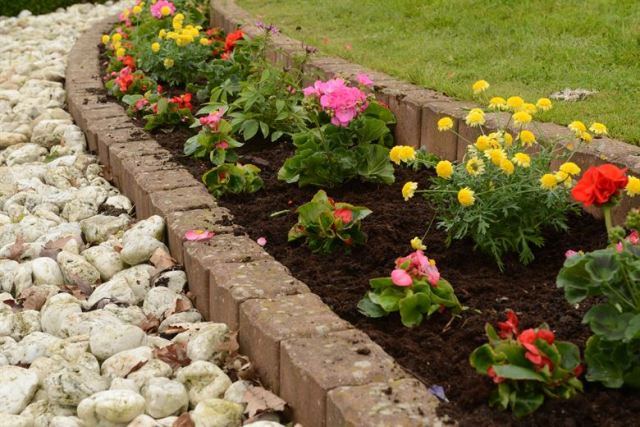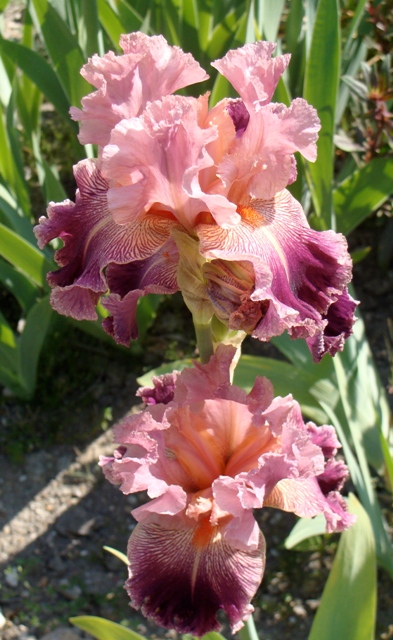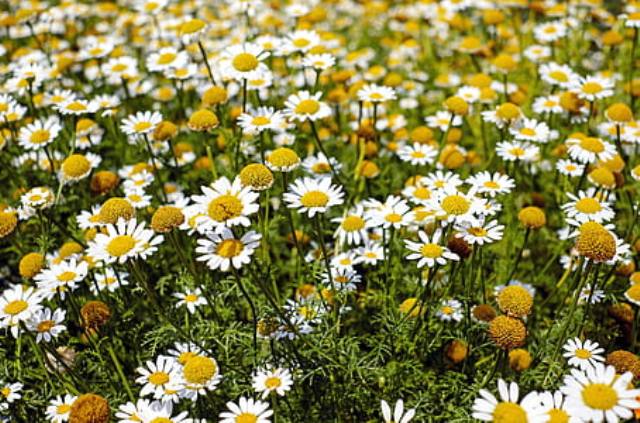
How to Plant Bare-Rooted Plants
Summary
– Focus on plants sold bare-rooted
– Step 1: Follow the planting period for bare-rooted plants
– Step 2: Prepare the planting hole
– Step 3: Pamper the roots
– Step 4: Trim the aerial part of your plants
– Step 5: Plant your bare-rooted plants
The plants sold in the nursery can be offered either in containers, or in buckets for the smaller ones, or “bare-rooted”. In this case, they are a little cheaper than those in containers, but they require some precautions when it comes to replanting them.
Here’s how to plant bare-rooted so that the plants have the best possible chance of recovery.
Focus on plants sold bare-rooted

The plants sold bare-rooted are more particularly trees and shrubs. They are cultivated in the open field and were uprooted shortly before being sold.
These plants have several advantages over those sold in containers.
– Lower price: as they require less work than those sold in containers, which have been transplanted at least once, these plants are logically cheaper.
– Sometimes a greater choice: sometimes nurseries grow only a few varieties in containers and offer, on the other hand, a greater choice in bare roots; this is particularly the case for roses.
– Easier recovery: plants sold bare-rooted have grown much longer in the ground, allowing their root system to gain strength, instead of being cramped in a container. Their recovery will, therefore, be easier and quicker.
Materials needed to plant bare-rooted plants:
– Compost
– Commercial praline
– Sable
– Shears
– Wooden stake
1. Observe the planting period for bare-rooted plants

Unlike plants sold in containers, which can be planted all year round, bare-rooted plants must be planted at the time of vegetative rest:
– For deciduous plants, wait for the leaves to fall, in practice from mid-November to the end of February.
– In all cases, plant before the buds awakens, in practice no later than the end of February.
2. Prepare the planting hole
To allow the soil to aerate, prepare the hole at least 2 weeks before planting.
– With a spade, dig a planting hole of good dimensions, which generally corresponds to 2 or 3 times the volume of the roots:
◦ at least 80 cm sideways and 60 to 70 cm deep for a tree;
◦ 50 cm sideways and 50 cm deep for a rosebush or other shrub.
– Put on one side the fertile topsoil layer and on the other side the not very fertile deep soil.
3. Pamper the roots

Roots should not be exposed to the air. Therefore, when purchasing, provide a large plastic bag to wrap them immediately. Then plant your tree or shrub as quickly as possible.
Good to know: you can wait up to 1 week at the most, provided you keep the plant or shrub cool and dry, and above all without unpacking; if planting has to wait longer, you can put the plant in a small trench and cover the roots with sand or fine soil.
– Just before planting, “dress” the roots: this consists of cooling their tips with pruning shears and removing any diseased or damaged parts.
– Preferably, praline the roots by soaking them in a bucket containing a praline (a muddy mixture that encourages recovery) from the market or made by yourself.
Good to know: if you have to gauge the plants, praline the roots beforehand.
4. Trim the aerial part of your plants
For a tree or a shrub, cut back the aerial part with pruning shears:
– If the branches are numerous, remove some of them.
– Also, remove any damaged or broken branches.
– Shorten the remaining branches by 15 to 20 cm; for a rose bush, fold (prune) all the branches 20-30 cm off the ground.
Important: never prune the above-ground parts of birch, oak, beech, liquidambar, chestnut and tulipwood.
5. Plant your bare-rooted plants
Choose your planting day carefully. Avoid planting when there is a risk of frost or heavy rain.
– Place a shovel of organic fertilizer at the bottom of the hole and cover it with soil to avoid direct contact with the roots.
– Then install the plant in the hole by spreading the roots.
– Position the plant, shrub or tree upright.
Important: as a general rule, the collar of the tree (junction point between the trunk and the roots) should be just above ground level; however, for roses, the current tendency is to bury the collar or grafting point slightly.
– Fill the hole with the fertile topsoil set aside, if possible mixed with ripe compost (half soil, half compost) by proceeding as follows:
◦ Pack as you fill in so that the soil seeps into all the rootlets without leaving air pockets.
◦ When you have finished plugging up, press down again well before putting in a light watering basin.
– If the plant is already tall, add a stake that you will place between the tree and the prevailing winds.
– Water copiously, even in rainy weather.
Tip: Continue watering regularly during the first year after planting.
This post is now completed,
but stay tuned! We’ll be back with a new post. See you soon!

6 thoughts on “How to Plant Bare-Rooted Plants”